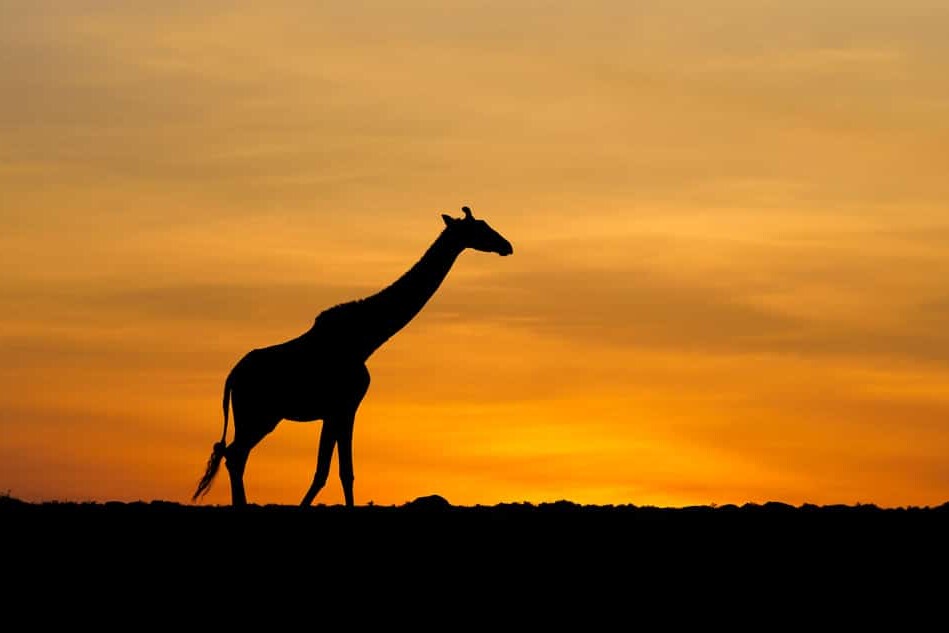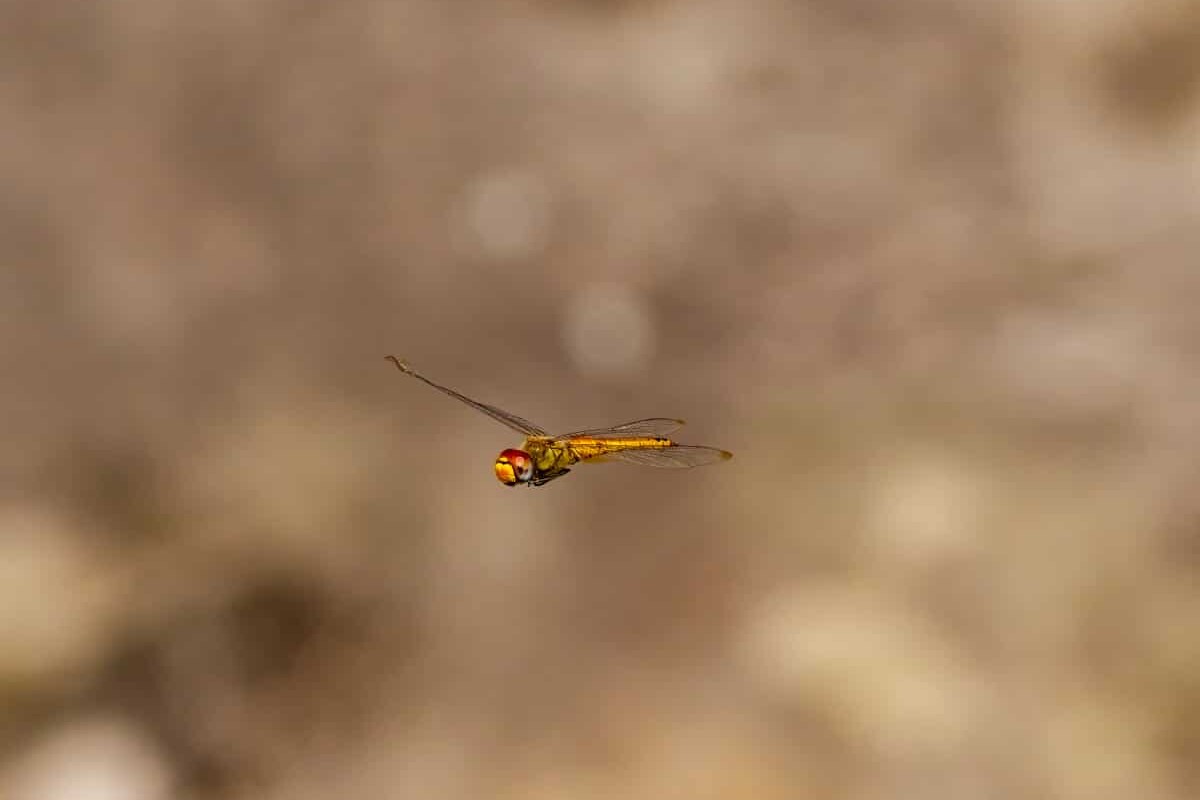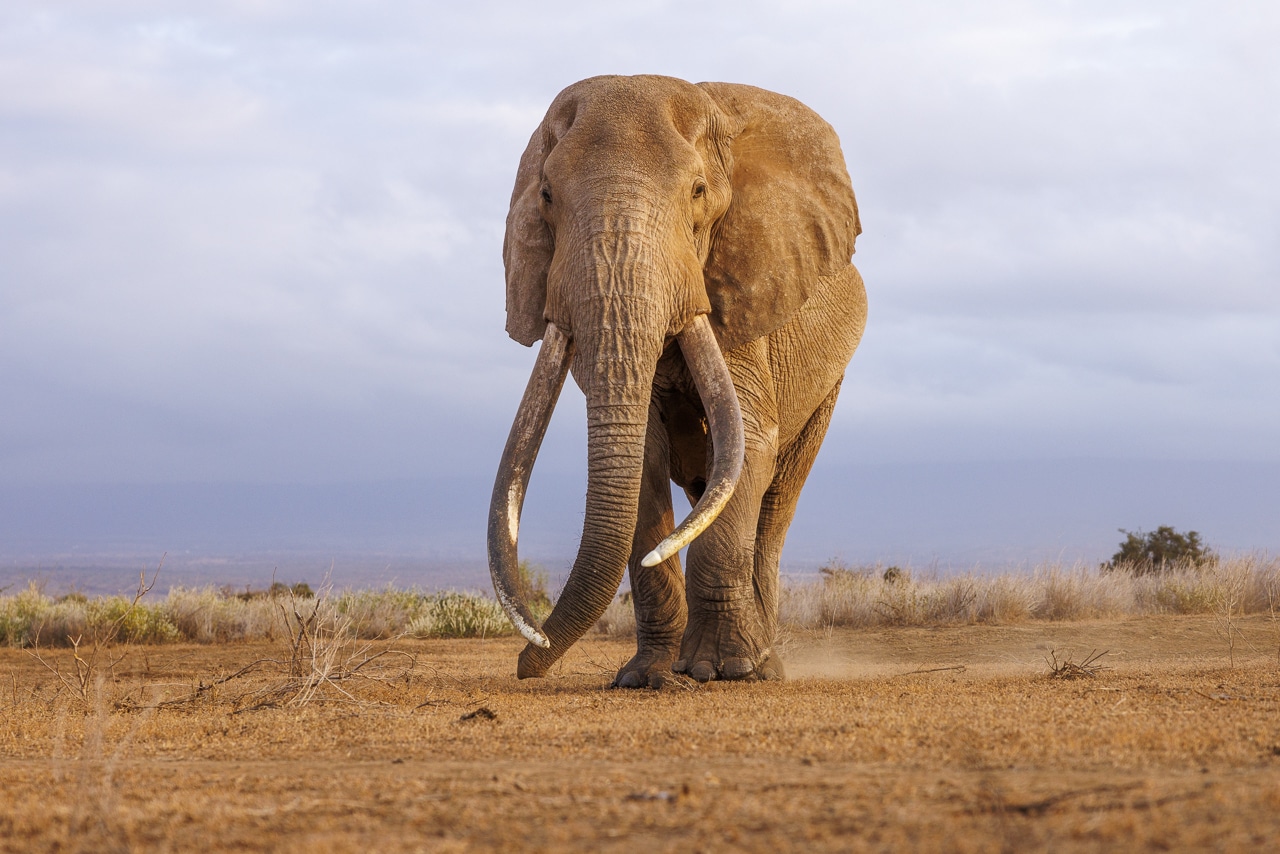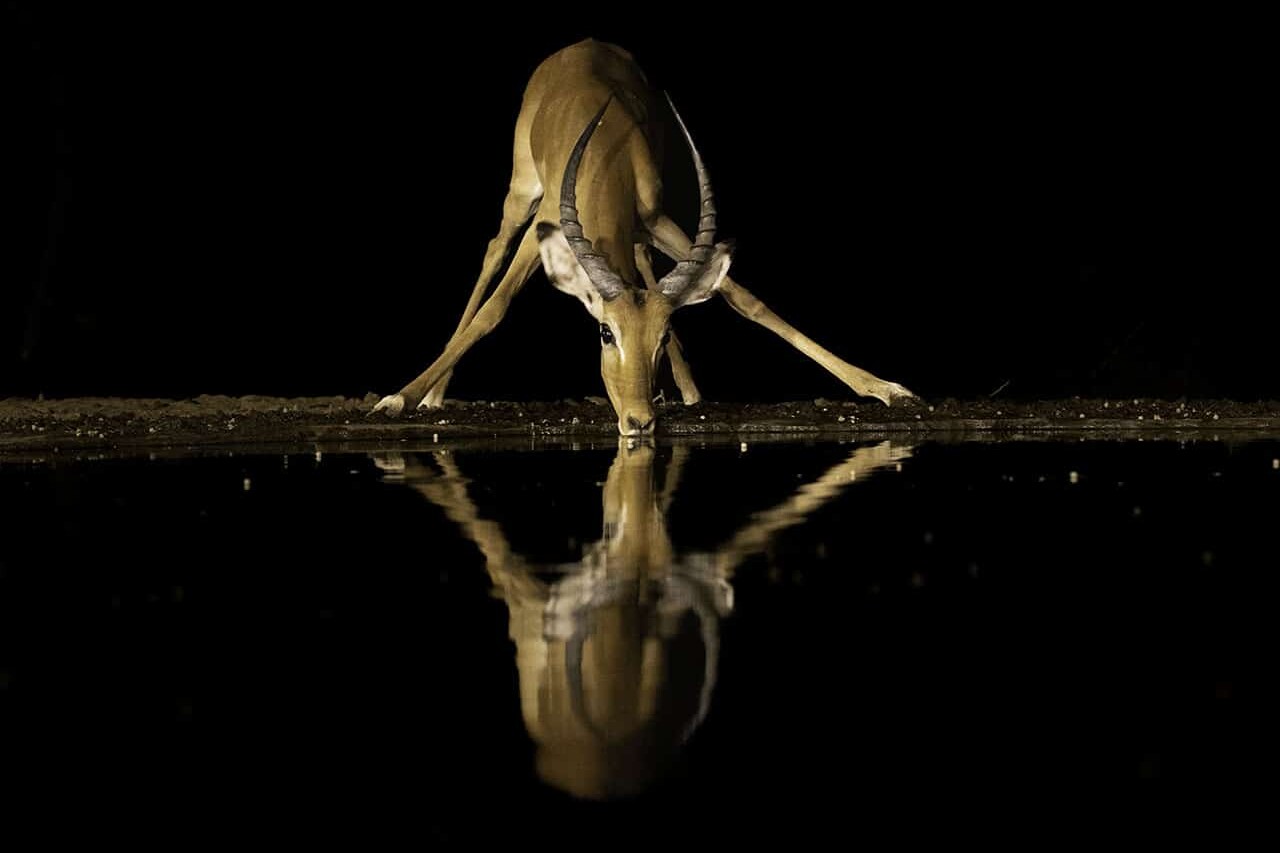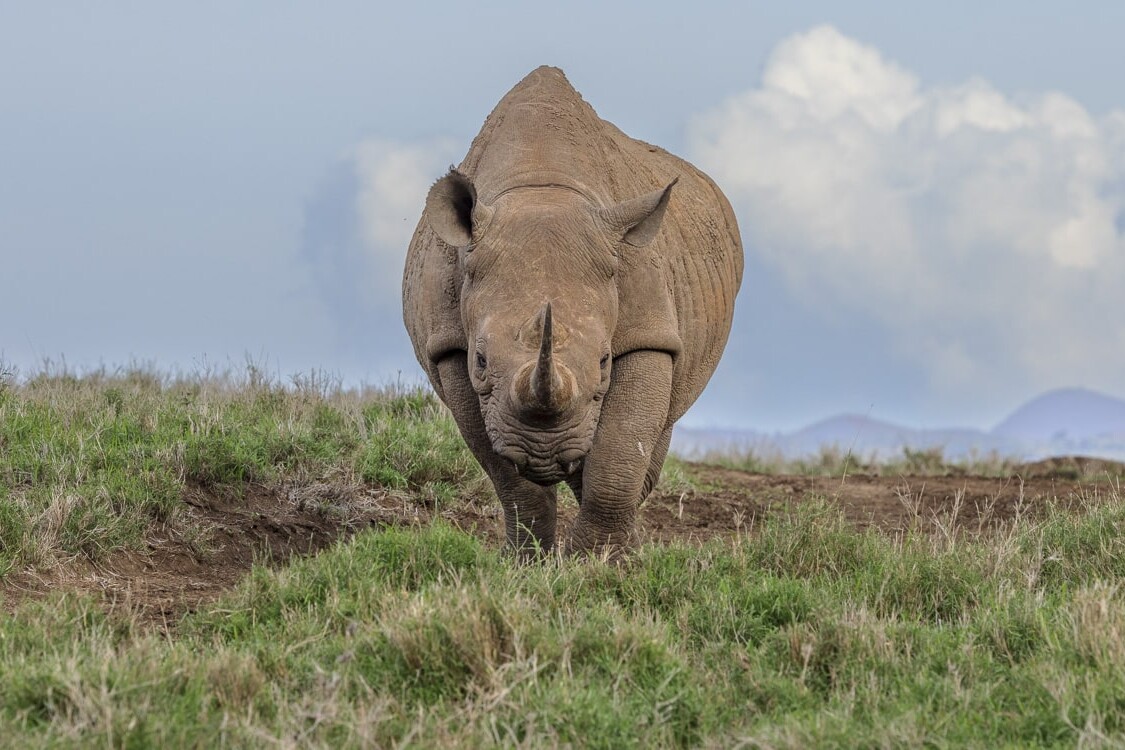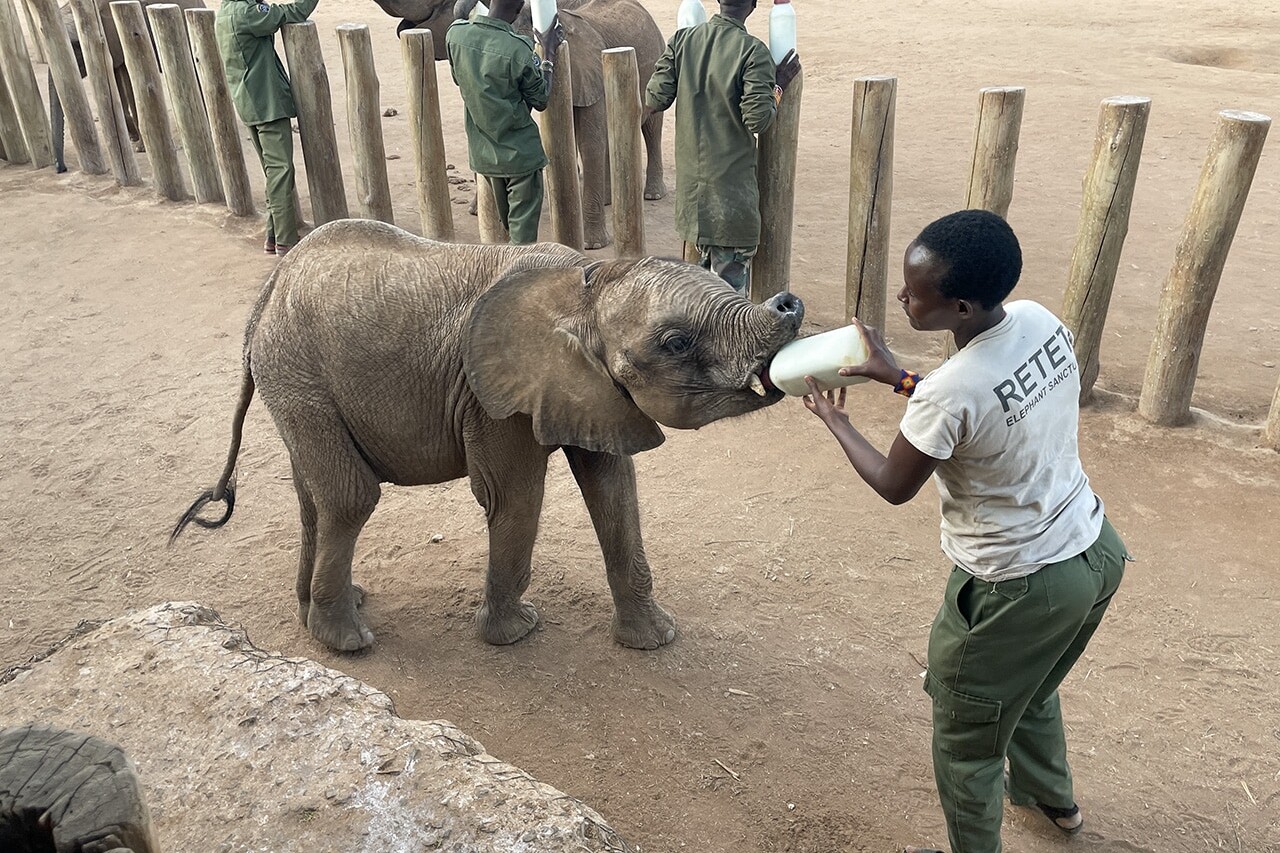The African lion population is currently estimated to be around between 20,000 individuals.(Panthera.org) It is fair to say the future of the African lion is in serious peril. Listed as vulnerable by CITIES, loss of habitat and conflict with humans are two of the most pressing threats lions face and both pose difficult challenges. Poaching, which feeds the burgeoning black-market demand for lion parts, and trophy hunting — legal and illegal — are also putting downward pressure on lion populations.
The Ideal Trophy
Out of the entire lion population the number of remaining adult male lions is considered to be about 4,000–5000. A mature male lion, aged 4–8 years, is the “gold standard” for a successful lion hunt. Weighing about 180 kg and standing about 1.2 meters tall, these broad shouldered, magnificent cats are the most sought after trophy. With more than 600 killed legally each year in hunts, the ramifications of their loss is far-reaching. When you unpack the numbers it becomes abundantly and frighteningly clear that the death of a single adult male lion can have a devastating impact on overall population numbers.

A young male lion will leave his pride some time after the age of two and begin a challenging life as a nomad. As he grows stronger and older, he will seek out new territory, and eventually, a pride of his own. Male lions will often form a coalition with one or two others in order to increase their chance of success in challenging for territory. By the age of four or five, he might become a dominant pride male.
The Pride
A lion pride can be made up of as few as three or more than forty individuals. An average pride may be closer to fifteen. There will be one, or often two, dominant males. In a large pride there could be as many as a dozen adult females. The lioness are generally related and in many cases, stay with their pride for life. Depending on the number of breeding females, there will also be a brood of cubs. A lioness may give birth to up to six cubs, but an average litter is three. The pride lionesses of breeding age will often have their cubs at the same time because this allows the cubs to nurse from multiple Moms.

The Sad Story of Lion Math
In the name of ego, sport and power, a trophy hunter takes aim with a high-powered rifle and kills a young male lion. (One lion dead.) This male, with his full mane, is the protector of his pride. Once killed, the pride becomes vulnerable. His coalition partner will be left to rule on his own. The threat from younger nomadic males looking for their own territory will often end in a fight to the death for this pride’s remaining male. (Two lions dead.)
For the sake of argument, let’s say the pride is twenty lions, including six adult females. Consider four of the females have an average of three young cubs. The first thing an incoming dominant male (or males) will do is kill the pride cubs. (14 lions dead.) However, a lioness’s first instinct will be to protect her cubs from rogue males. She will be fierce and in the process of defending her family she may sustain life-threatening injuries or die. Male lions will not waste their energy protecting another bloodline–they are hardwired to start their own. As long as a female has cubs she will not go into estrus. Killing her cubs resets her reproductive cycle and she will soon be ready to mate.

From the killing of one male lion for a hunting trophy the subsequent death toll for this pride could result in the loss of fourteen to eighteen lions. Between the years 2003–2013 there were an estimated 10,000 legally obtained hunting trophies of African lions. It is little wonder then, that the overall populations have plummeted. It is currently estimated that trophy hunters legally kill between 600–700 lions a year (IUCN estimate). Apply the above scenario to only ten percent of these kills and the potential loss is somewhere around 1,000 lions.
The odds are not in their favour.
“A world without the distant roar of lions at dawn, as the mists start to lift, is too terrible to contemplate.” –Dereck Joubert
View Lion Gallery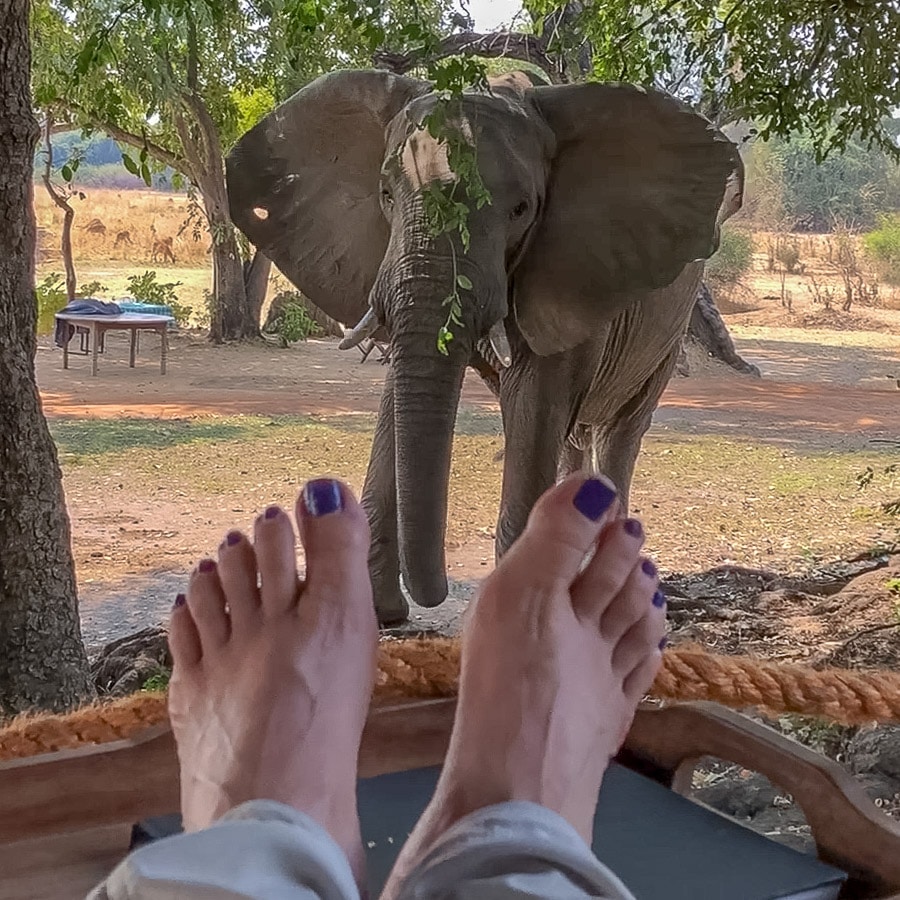
NJ Wight
Image maker and storyteller, bringing my audience up close to the extraordinary wildlife that has transformed my thinking and shaped my creative expression.
More Great Posts
February 29, 2024
Photographing Safari Silhouettes
January 17, 2024
Photographing the Dragonfly in Flight
July 17, 2023
Meeting the Legend Craig
March 15, 2023
A View from the Hide
February 9, 2023
A Black Rhino Named Elvis
November 27, 2022

